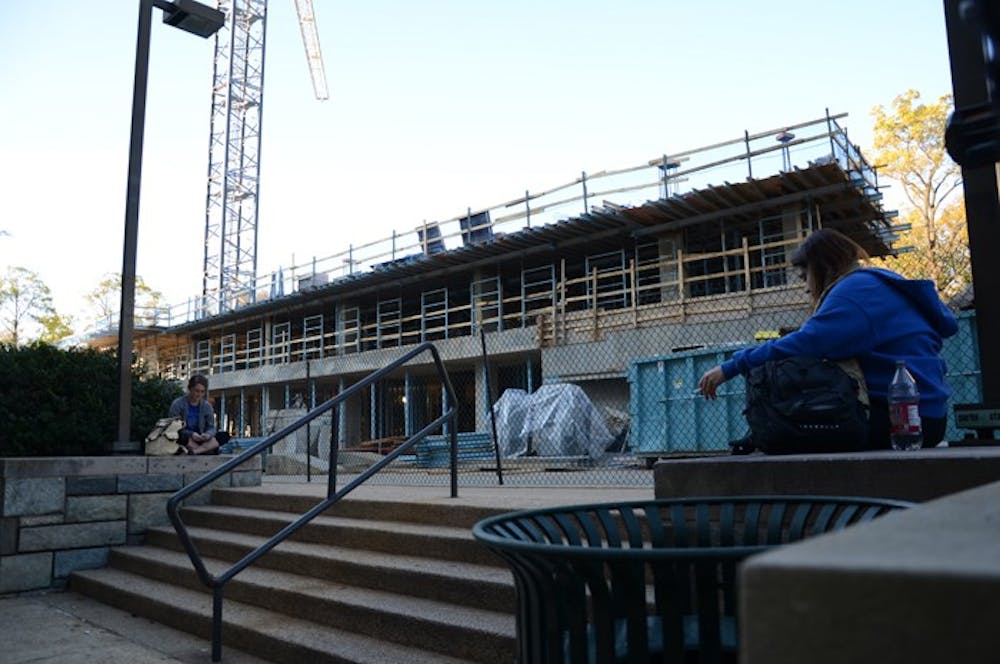AU will pay almost $11,000 to certify each of the three buildings currently under construction to meet Leadership in Energy and Design Gold standards.
LEED is a ranking system that gauges how eco-friendly a building is, according to the U.S. Green Building Council website. Buildings are assessed for their location, air quality and natural lighting among other qualities, and then ranked either certified, silver, gold or platinum.
Meeting LEED standards lowers operating costs and provides students with a healthier environment, according to Michael Purcell, assistant university architect and a LEED-certified professional.
It costs approximately $900 to register each building with the LEED program, so the University has budgeted $10,000 for each buildings’ certification, Purcell said.
However, he said green materials usually cost 1 to 1.5 percent more than their standard counterparts.
“The more we build green, the less expensive [green construction] should get in the future,” Purcell said in an email.
President Neil Kerwin and Vice President of Finance Don Myers signed a Green Building Policy in 2010, which states all new and major renovations must be done to meet at least LEED Silver standards.
Nebraska Hall and North Hall built for LEED Gold
Nebraska Hall will be reviewed for LEED Gold as a whole after construction is completed, Purcell said. However, none of the finishes, such as paint or cabinetry, in the existing part of the building will be updated, he said.
North and Nebraska Halls will have solar water heaters on their roofs, Purcell said. Other residence halls have similar systems, providing energy-efficient hot and cold water. Nebraska Hall will also tap into extra energy produced by the Katzen Art Center’s mechanical system to heat and cool its water, Purcell said.
Sustainable buildings lower long-term operating costs and provide students with better indoor air quality, Purcell said. The materials and furnishings being used will have low or no unhealthy “volatile organic compounds,” which release a “new car smell,” according to Tom Argonsinski, the architect/project manager of the McKinley Building and LEED-certified professional.
McKinley Undergoing Changes As Well
McKinley’s light bulbs will all be LED, which are more energy-efficient and have a longer lifespan than the average light bulb, according to Argonsinski. The building will also have low-flow plumbing to use less water, similar to the system in the School of International Service, he said.
University Looks to Remodel to Gold Standards in the Future
AU is planning to remodel the athletic locker rooms in Bender Arena to LEED Gold standards, Purcell said. Construction should start in April 2013.
“We try to approach every project now as if it can be LEED Gold certified,” Purcell said.
shogan@theeagleonline.com





